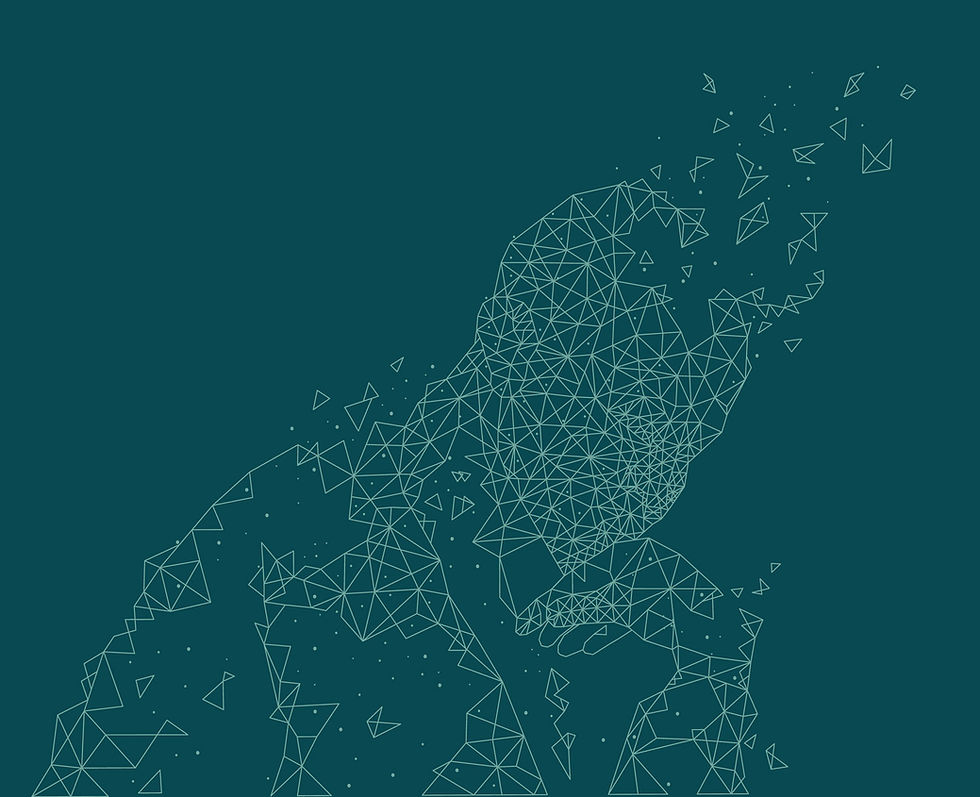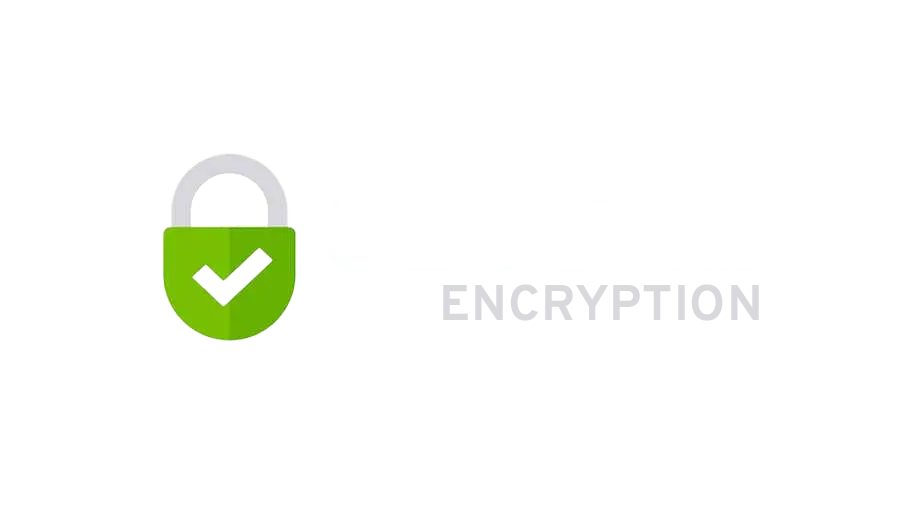Is your Inner Game interfering? A coach’s perspective on the ever-deepening journey of being a coach
- bernard chanliau
- Dec 4, 2019
- 4 min read
Updated: Nov 20


As a professional executive leadership coach this dialectical story lead me to reflect on my work with high potential executives and how their readiness for coaching can potentially impact my coaching presence. The ICF defines this competency as the ability to be fully conscious and create a spontaneous relationship with the client, employing a style that is open, flexible and confident.
I have been using Lore’s 7-point coachability scale (see diagram below) for many years and noticed sometimes I am drained emotionally or physically coming out of engagements around the C3 (Fair Coachability) mark or would explode in gratitude from the C4 mark and above.
So I began pondering, about my own coachability and how my unconscious judgements might be impacting my own personal ecosystem and outcomes in my life. How proficient am I in letting go of my own feelings or thoughts and behaviours, and recognise when they are impacting negatively on my own ecosystem? Even with 10 years of being a full-time coach, it continues to be a challenge and a further peeling of “the onion of awareness”.

The notion of polarities of reactivity/pro-activity and how I innately decide to react to my external environment and relationships – learning more deeply to BE, rather than always do – have often come-up during my ‘supervision’ sessions. For example recently a client, who assessed at a C3 level of coachability, had been showing up in sessions complacent without any willingness to change and from this position, I experienced a sense of boredom and pestered inside on time wasted and purpose of these sessions, although these feelings and thoughts would fly by instantly I felt sometimes I wasn’t fully present during the coaching session.
In my early days as a coach with insight, I often played the ‘rescuer’ in order to feel safe. I usually opted for the best outcomes with my clients and attached to the coaching results, noticed I was working harder than my clients because I needed to perform in front of their stakeholders. “That’s the way it is” until this awareness sequentially became a warning sign where some of my client’s readiness for coaching and my relationship to the coaching alliance had to be questioned and explored further.
Coaching research suggests clients who are open, willing to look “deep inside” themselves, who have a healthy self-esteem and positive attitude and who have the ability to take feedback and reflect and are emotionally stable, are more “ready “for coaching. In this field, when my clients respond to strong feedback and an assertive but helpful way and see concrete benefits of change they are likely to support the process and stick with it if early results demonstrate those benefits.
Leaving a session in this C4 spectrum usually makes me feel great, dancing with clients, I enjoy the flow of being in the now. I become a ‘connected observer to the client’ holding both objective and emotional perspective simultaneously aligned with the ICF competency definition of Coaching Presence.
As a coach I know I’m not responsible for the result, we’re responsible for the coaching process, the follow-up, the timing…”that’s the way it is” or is it in the corporate environment with the perceived need to evaluate investment in coaching?
The subject/object relationship in coaching presence or with any relationships with its underlying structures of meaning-making and how we construct the world is not easy to grasp because we can make assumptions and distort reality. The hook is the aspects of experience ‘what we’re subject to’ which we are not aware of, which we cannot take responsibility for and problem-solve around, running us unconsciously as we are subject to it, as in becoming ‘subject’ to the coaching outcome from my example ”that’s the way it is” until I moved one of my assumptions to a place where it is more of an object, something I could actually attend to, think about, and turn around a bit in my hands. I assumed that if I added value and felt recognised in my work, I could become a greater contributor, attracting more clients and find a more meaningful sense of purpose growing as an executive leadership coach.
This notion of “subject/object reversal” well described in Kegan’s work and its five levels of qualitatively more complex ways of thinking is a process of learning development to the self-transforming mind (the highest level of consciousness in Kegan’s model) leading to coaching mastery - How can my outlook be more inclusive?

Like the famous Chinese story with the horse and its multi-frame ”that’s the way it is” perspective, this awareness-building exercise that makes explicit that which is currently implicit is easier to outline than to achieve: it requires practice and reflection to develop the habits of noticing; awareness of self, other and relationship; letting go of outcomes and seeking win-win.
Bill O’Brien, who’d served as CEO of Hanover Insurance, once said “The success of an intervention depends on the interior condition of the intervener.”

”that’s the way it is” as I notice a further peeling of “my onion of awareness”.





Comments